
The director of the Women’s Movement Prevention Center at Cleveland Clinic discussed her new study, and the current knowledge of the role genetics play in Alzheimer disease risk.

Marco Meglio, Assistant Managing Editor for NeurologyLive, has been with the team since October 2019. Follow him on Twitter @marcomeglio1 or email him at [email protected]

The director of the Women’s Movement Prevention Center at Cleveland Clinic discussed her new study, and the current knowledge of the role genetics play in Alzheimer disease risk.

Over a 12-month stretch, patients with spinocerebellar ataxia type 2 treated with riluzole showed significant worsening in Composite Cerebellar Functional Severity Score.

Both the 200-mg and 350-mg dose groups showed numerically advantageous differences over placebo in secondary end points such as average daily pain score and 30% reduction in ADP.

Patients previously randomized to omaveloxolone in the core study period continued to show no worsening on modified Friedrich Ataxia Rating Scale relative to their original baseline after nearly 2.5 years of treatment.
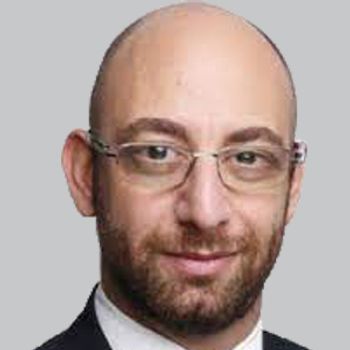
Despite not meeting the primary end point, those in the early-start group showed reduced change from baseline in MDS-UPDRS-III scores compared with the delayed-start group at both weeks 52 and 104.

Neurology News Network for the week ending September 18, 2021.

Improvements in mean total amount of time and percentage of participants that were awake suggested limited effect with opicapone (Ogentys; Neurocrine Bio).

Patients with Parkinson disease in both the 24-hour and 16-hour ND0612 dosing regimen groups had ON-state UPDRS-motor scores and UPDRS-ADL scores improve over the 12-month period.

Torticollis was the most common predominant cervical dystonia presentation subtype at injection 1, followed by laterocollis.

When comparing only the lowest and highest HbA1c groups with each other, unadjusted and adjusted regression analysis indicated faster motor progression in the highest group.

The director of IT and Neuroinformatics Development at the Buffalo Neuroimaging provided thoughts on artificial intelligence’s role in neuroimaging and treating multiple sclerosis.

After receiving expanded indication from the FDA as both an acute and preventive treatment of cluster headache, gammaCore becomes the first treatment for paroxysmal hemicrania and hemicrania continua.

The SELECT-HD trial (NCT05032196) is expected to enroll approximately 36 patients with a confirmed diagnosis of early-stage Huntington disease and carry the SNP3 allele in association with their CAG expression.
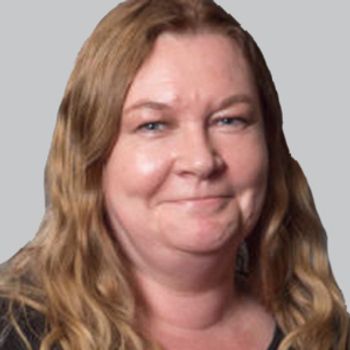
The use of intravenous thrombolysis prior to mechanical thrombectomy resulted in significantly smaller clots and significantly lower number of fragments than MT therapy alone.

Persons with epilepsy younger than 50 years had a 34-fold increased risk of sudden unexplained death compared with persons without epilepsy.
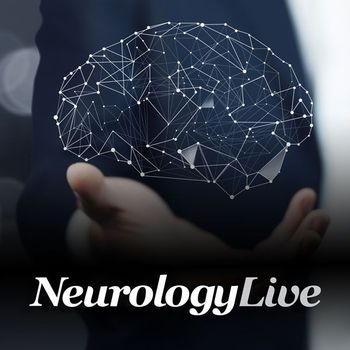
Current evidence showed little knowledge about the long-term effects of transcranial direct current stimulation in improving patients poststroke.

James E. Galvin, MD, MPH, provided thoughts on the struggles to raise dementia literacy and awareness in underserved, rural, ethnically diverse populations through the ongoing pandemic.
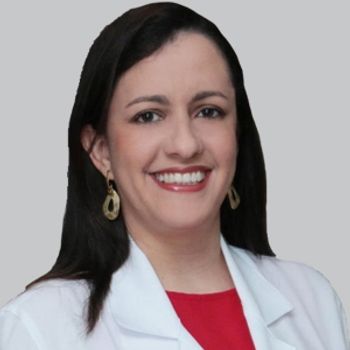
Every patient who underwent physical therapy reported a positive change, ranging from moderately better to much better, while 9 patients on placebo did not notice significant changes or reported worsening of their condition.

Although infusion-related reactions were among the most frequently reported AEs, most patients did not experience them, and the majority of those who did reported mild to moderate reactions.

The assistant professor of neurology at Harvard Medical School provided insight on how to improve care for posttraumatic headache, as well as limitations and benefits to nerve block surgeries.

The association of modASPECTS and outcome persisted even after adjusting for stroke risk factors that may have independent associations with poor outcome and age at stroke ictus.

Jacobo Mintzer, MD, MPA, discussed a wide range of Alzheimer disease related topics, including the use of methylphenidate, reactions to AAIC, and the aducanumab approval.

Both short and long sleep durations were associated with worse self-reported cognitive function and multiple lifestyle outcomes, suggesting a U-shaped association.

The 50% responder rate was 58.3% at 12 months and 50.0% at the last visit, with corresponding seizure freedom rates of 23.2% and 20.5%, respectively.

Impel’s agent is designed to deliver a lower dose of dihydroergotamine mesylate (DHE) compared with other nasally administered products.

The web-implemented algorithm misclassified and misdiagnosed seizures in only 16.8% of the patients with epilepsy—lower than rates previously reported in the literature.

The director of the Mayo Clinic Center for Multiple Sclerosis and Autoimmune Neurology discussed unmet needs of care for patients with neuromyelitis optica spectrum disorder.
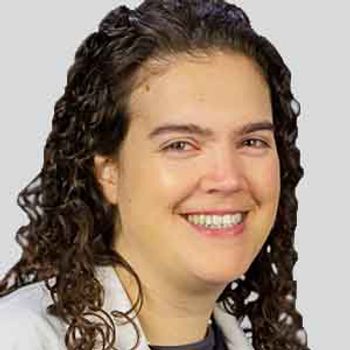
Although headache infusion centers were generally open during the standard business hours, few headache infusion centers were open after hours and on weekends.

This was the first time that progression of cognitive fluctuations in patients with Lewy body dementia had been systematically investigated using a clinical rating scale.
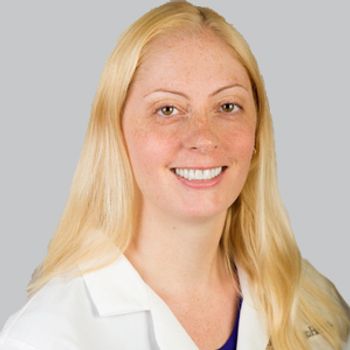
Cluster analysis classified 29.5% more of the sample with mild cognitive impairment compared to the Alzheimer’s Disease Research Center’s consensus diagnosis.